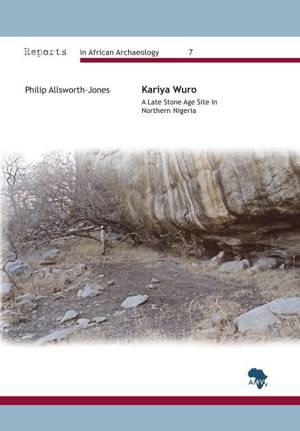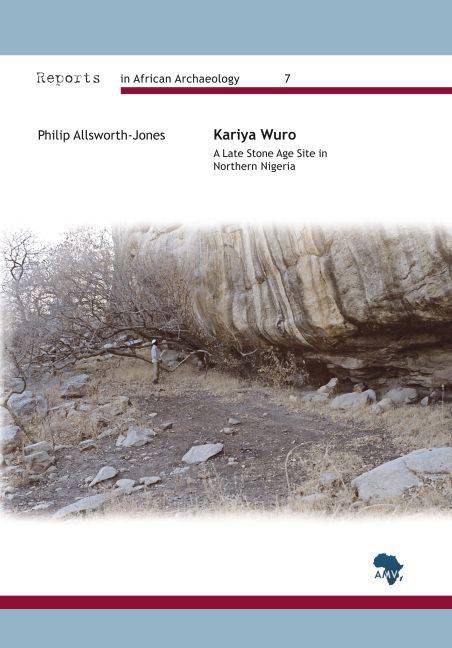
Je cadeautjes zeker op tijd in huis hebben voor de feestdagen? Kom langs in onze winkels en vind het perfecte geschenk!
- Afhalen na 1 uur in een winkel met voorraad
- Gratis thuislevering in België vanaf € 30
- Ruim aanbod met 7 miljoen producten
Je cadeautjes zeker op tijd in huis hebben voor de feestdagen? Kom langs in onze winkels en vind het perfecte geschenk!
- Afhalen na 1 uur in een winkel met voorraad
- Gratis thuislevering in België vanaf € 30
- Ruim aanbod met 7 miljoen producten
Zoeken
Omschrijving
Kariya Wuro is a rock shelter in north east Nigeria, excavated in the 1980s and studied by a team of researchers from the University of Ibadan. Preliminary accounts of some aspects have been published, but this is the first full site report. The Late Stone Age occupation consists of two phases, aceramic and ceramic, both described and illustrated in detail. In order to supplement the pollen analysis from the rock shelter, a thorough study of the vegetation of the area was made, with plant names recorded both in Hausa and the local Kariya language. The Kariya people, or Wiihe as they call themselves, are a small community, part of the North Bauchi language group. A description is given of their society, in particular their masquerades, although it does not seem too likely that any direct link can be established between them and the former inhabitants of the rock shelter. Full descriptions of excavated rock shelters in West Africa and Nigeria in particular are rare, and the database recorded here should provide a useful point of comparison for researchers in the region as a whole. While this book is primarily of interest to archaeologists, it is also of relevance to those interested in ethnography and linguistics, and the natural environment in this part of Nigeria.
Specificaties
Betrokkenen
- Auteur(s):
- Uitgeverij:
Inhoud
- Aantal bladzijden:
- 114
- Taal:
- Engels
- Reeks:
- Reeksnummer:
- nr. 7
Eigenschappen
- Productcode (EAN):
- 9783937248486
- Verschijningsdatum:
- 30/07/2015
- Uitvoering:
- Paperback
- Formaat:
- Trade paperback (VS)
- Afmetingen:
- 210 mm x 299 mm
- Gewicht:
- 398 g

Alleen bij Standaard Boekhandel
+ 87 punten op je klantenkaart van Standaard Boekhandel
Beoordelingen
We publiceren alleen reviews die voldoen aan de voorwaarden voor reviews. Bekijk onze voorwaarden voor reviews.









